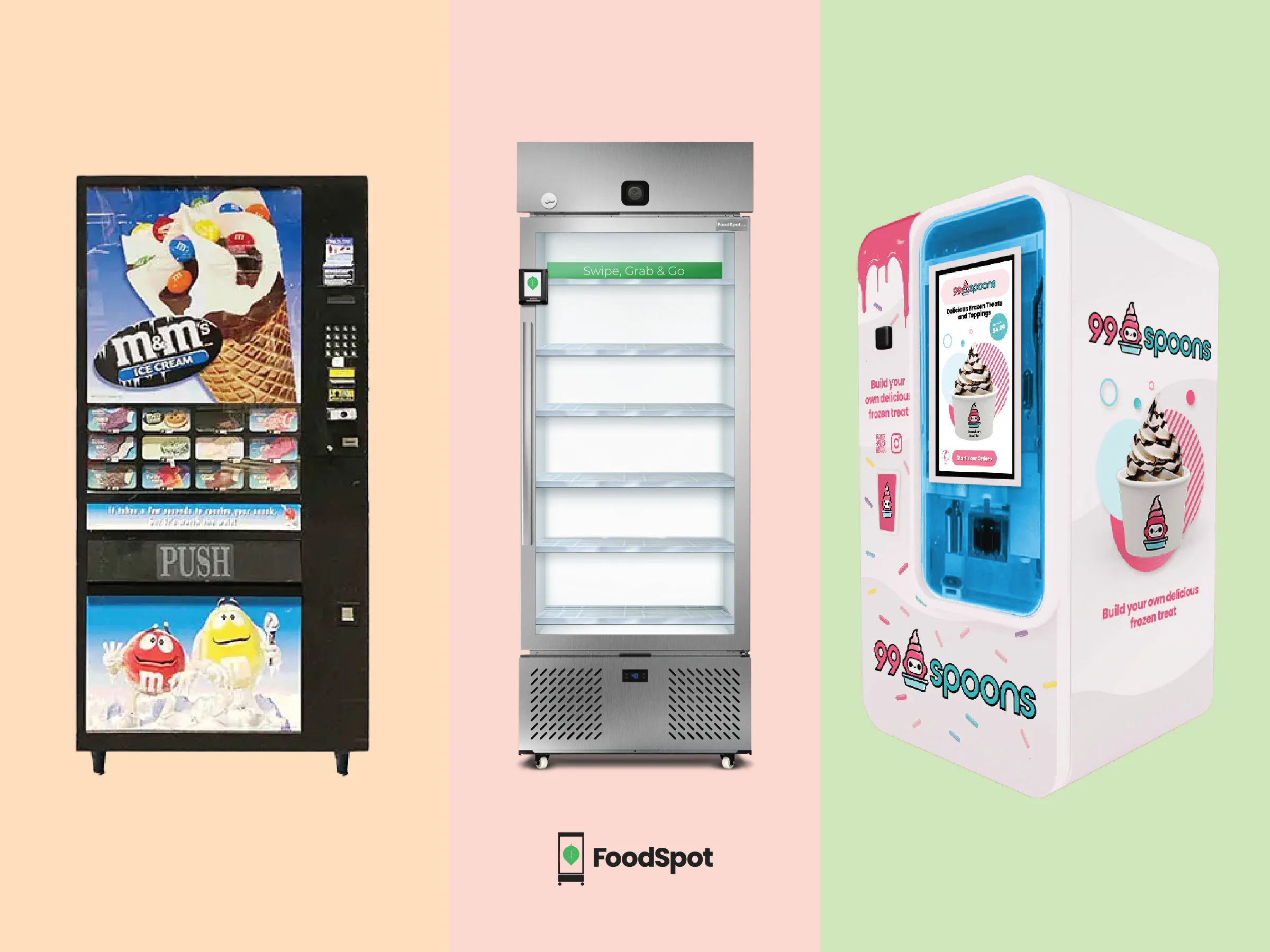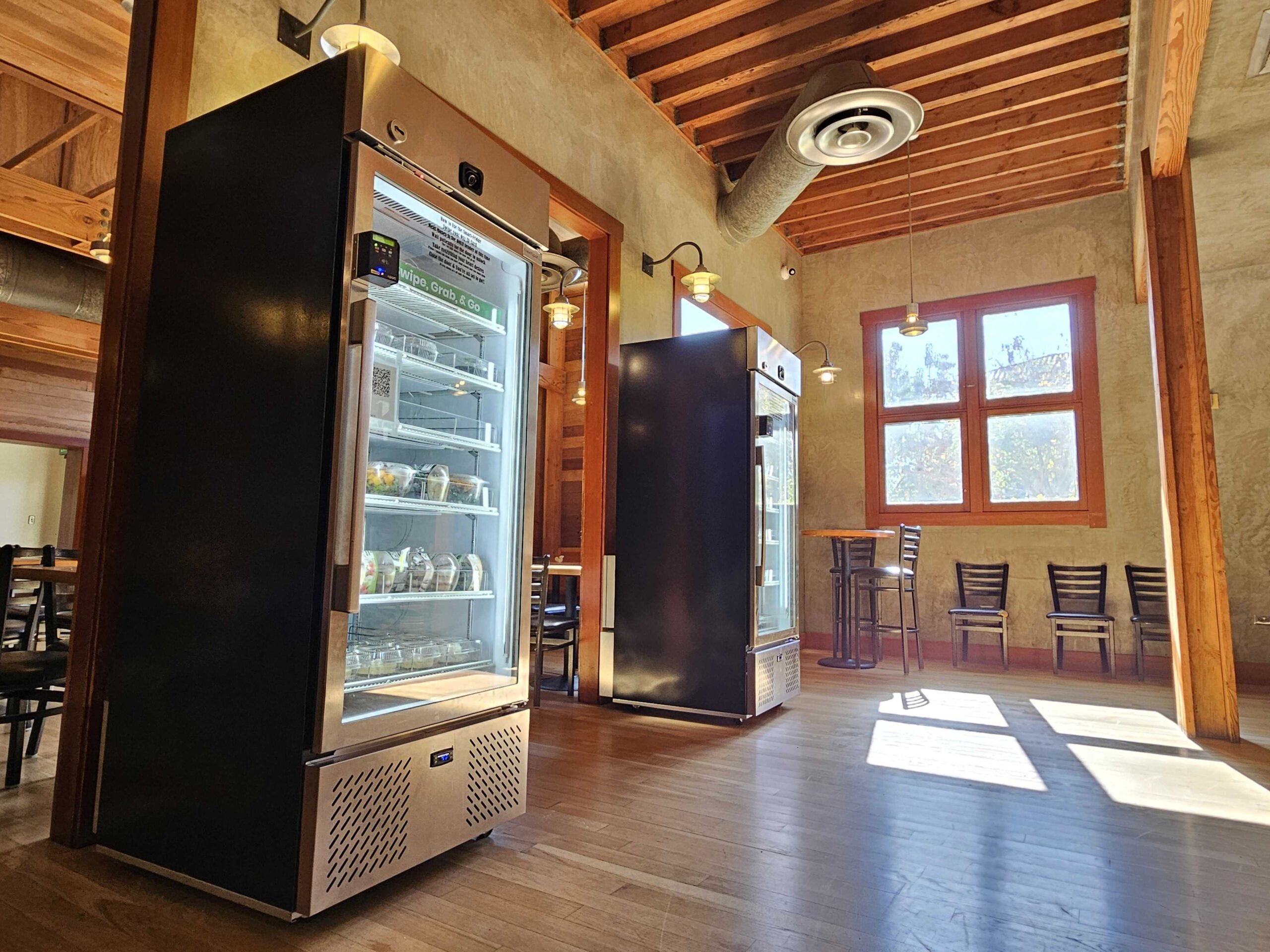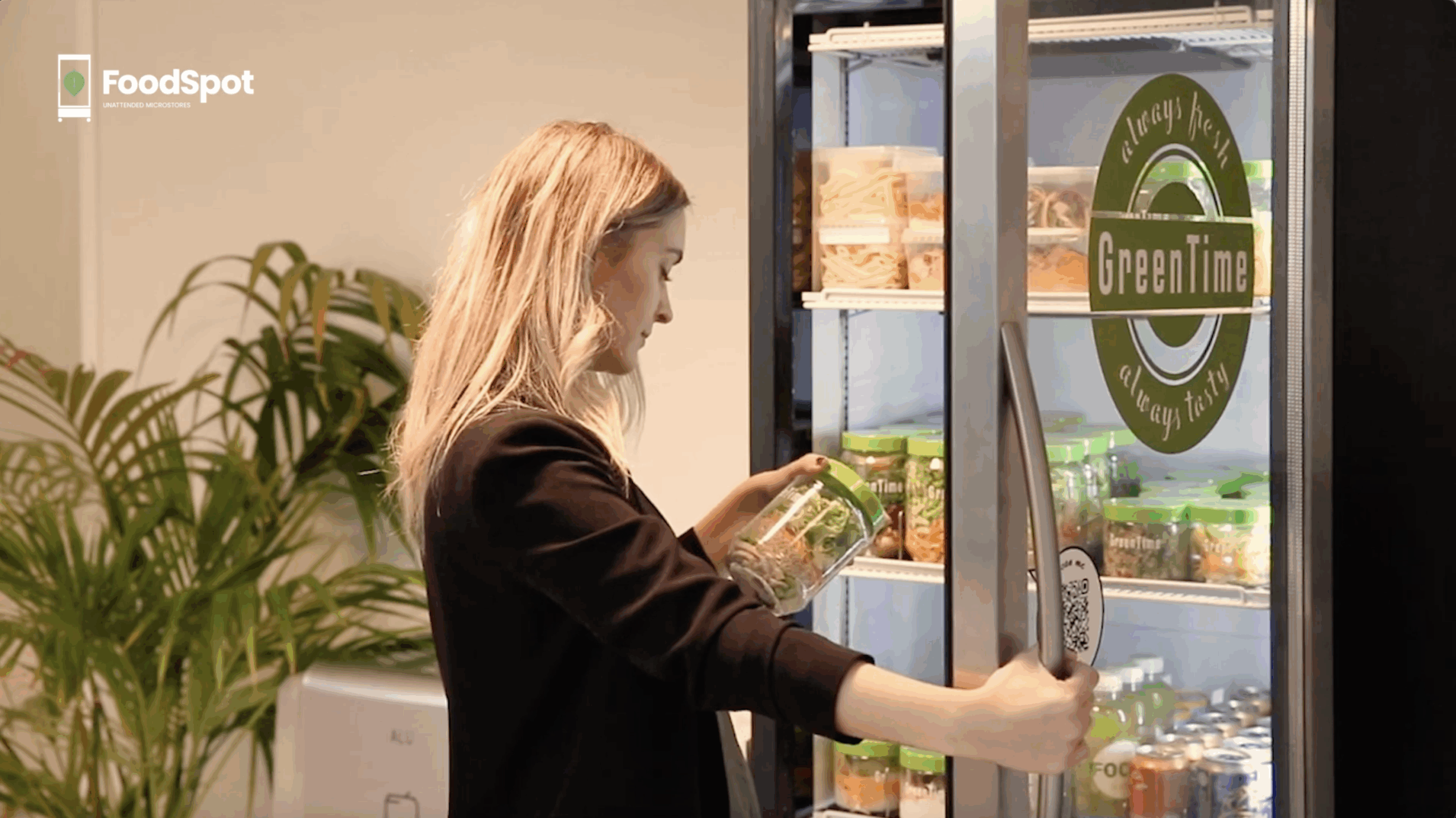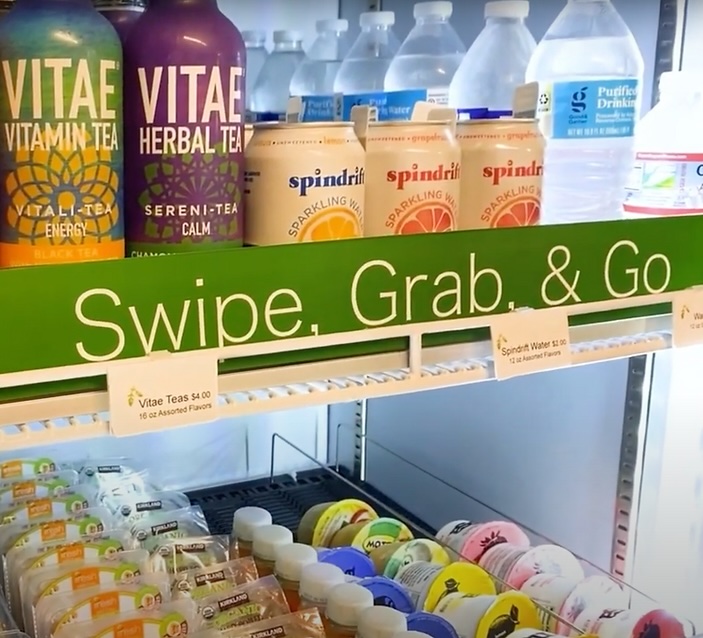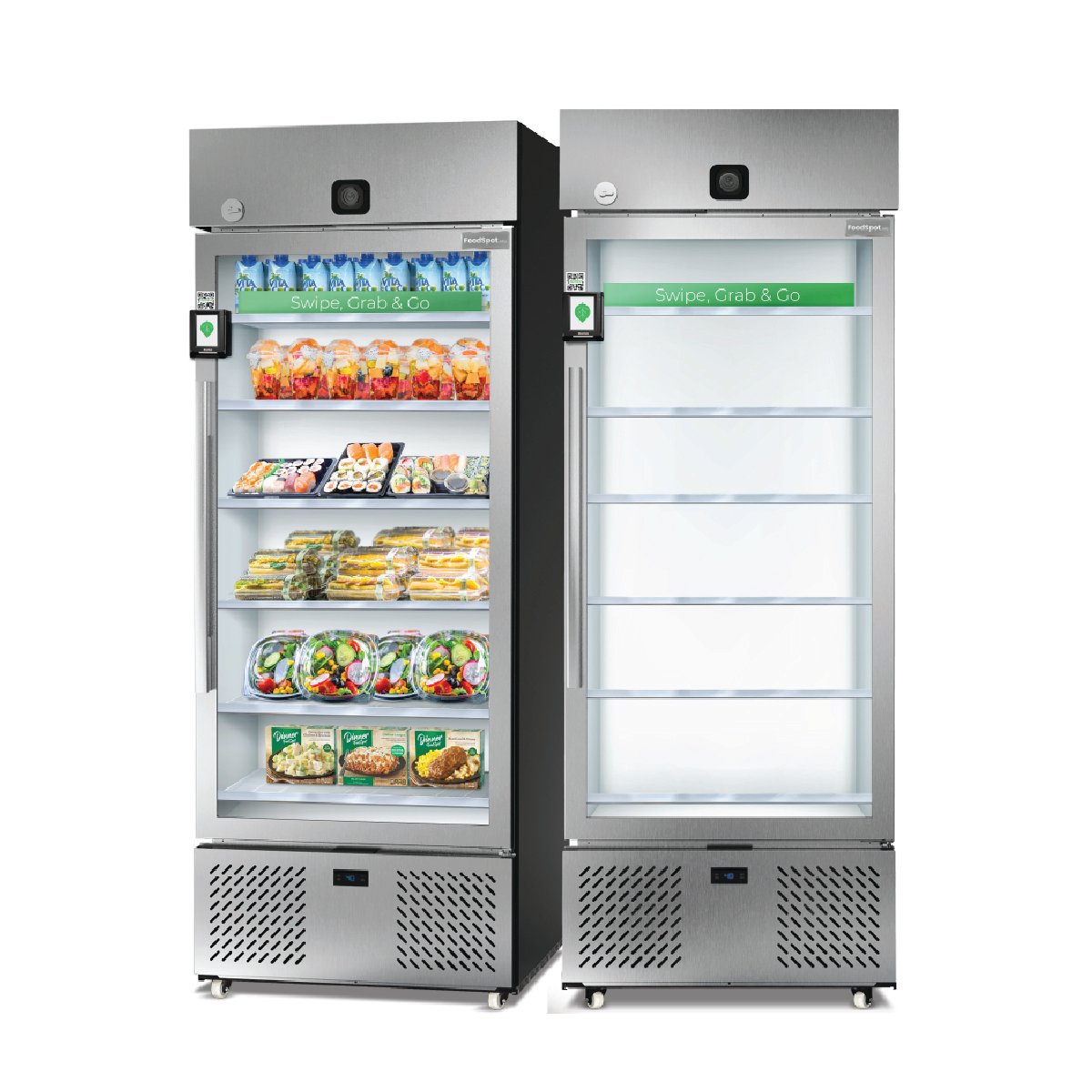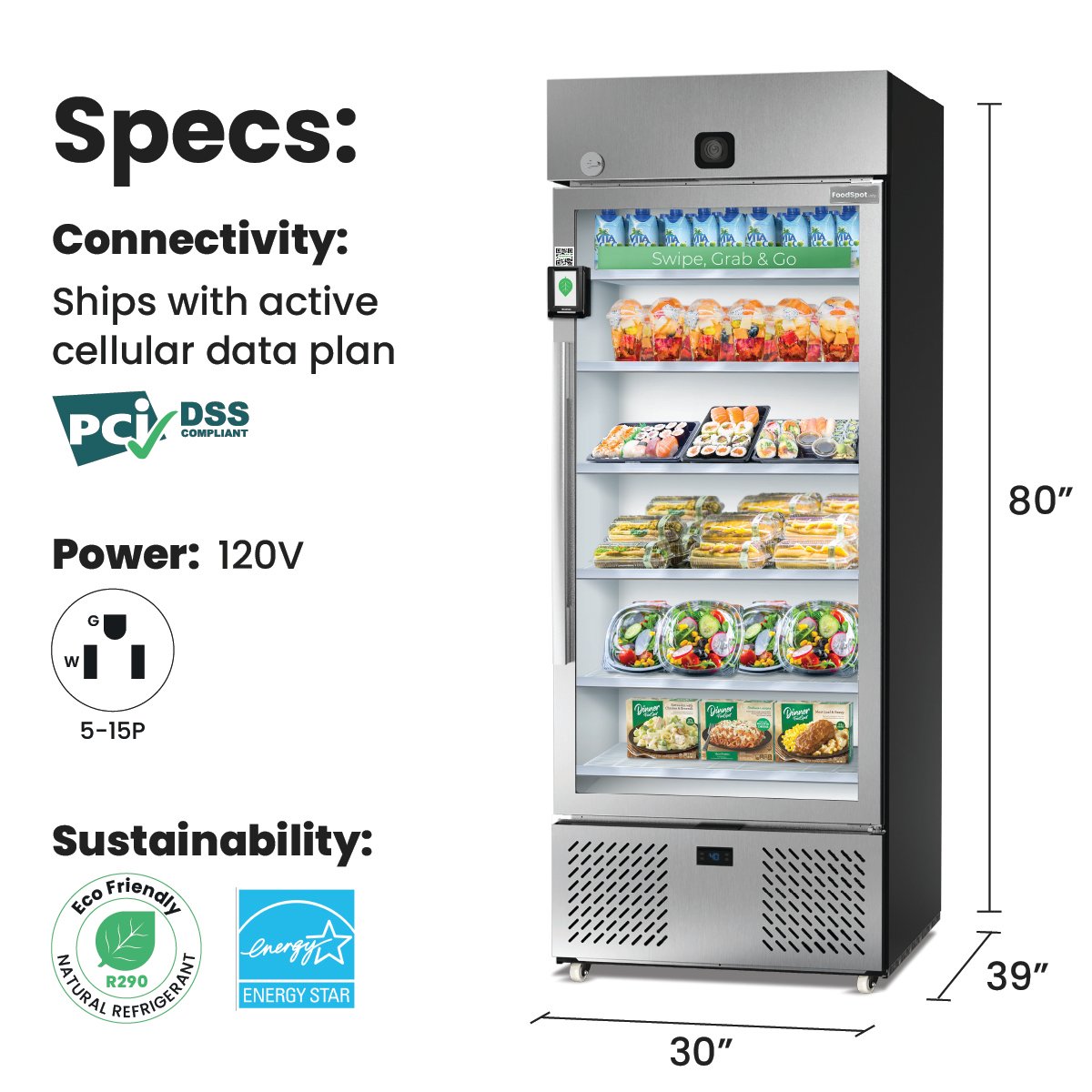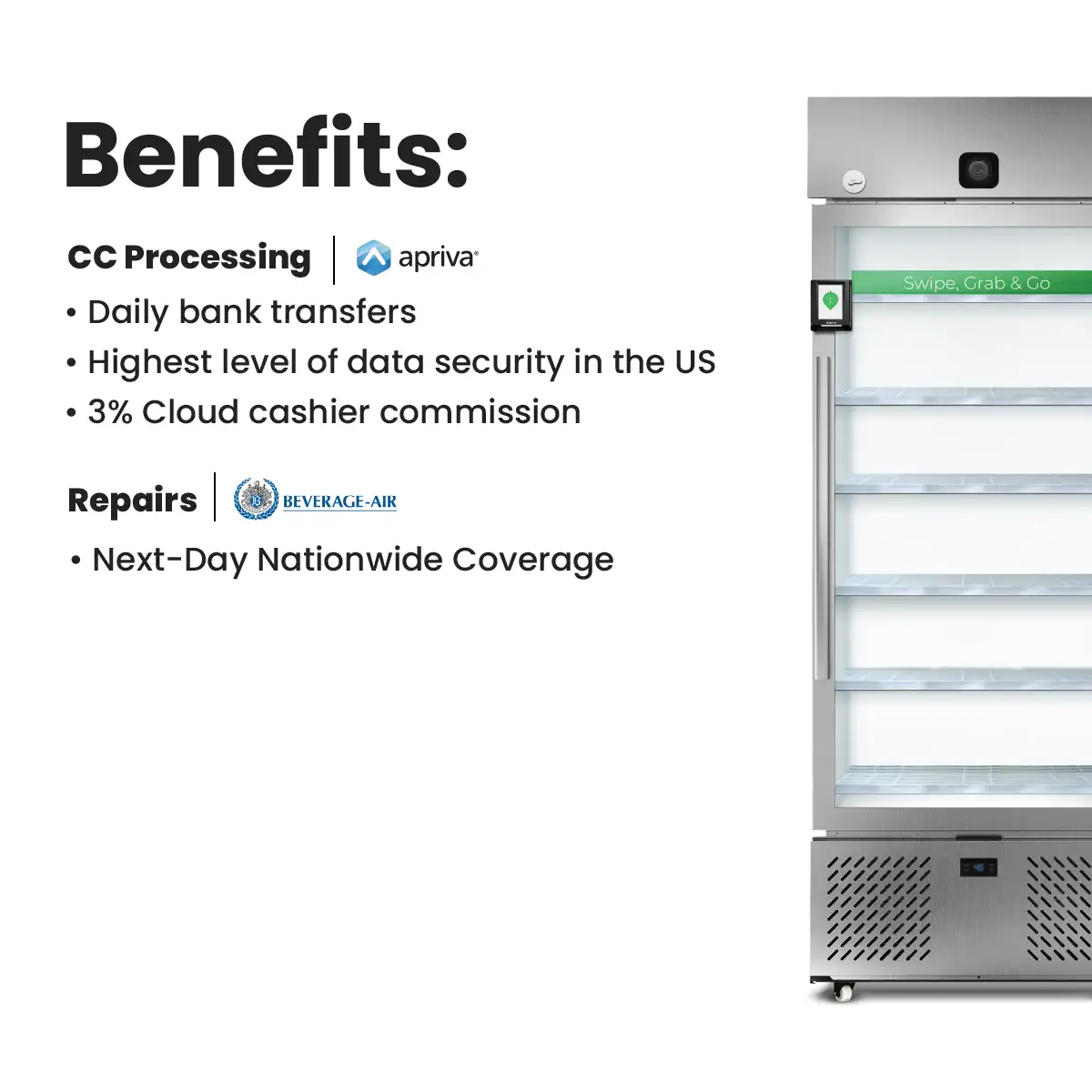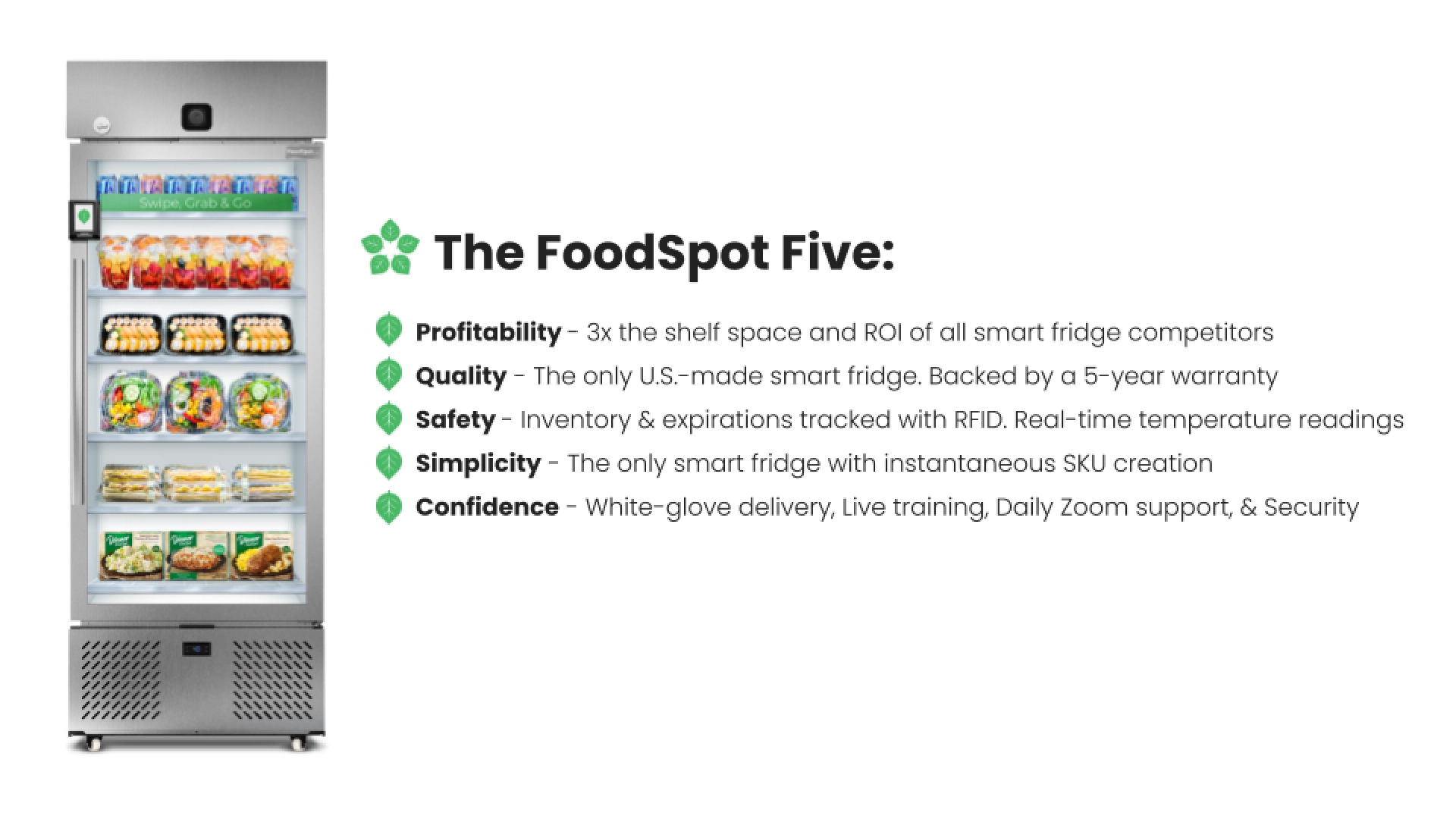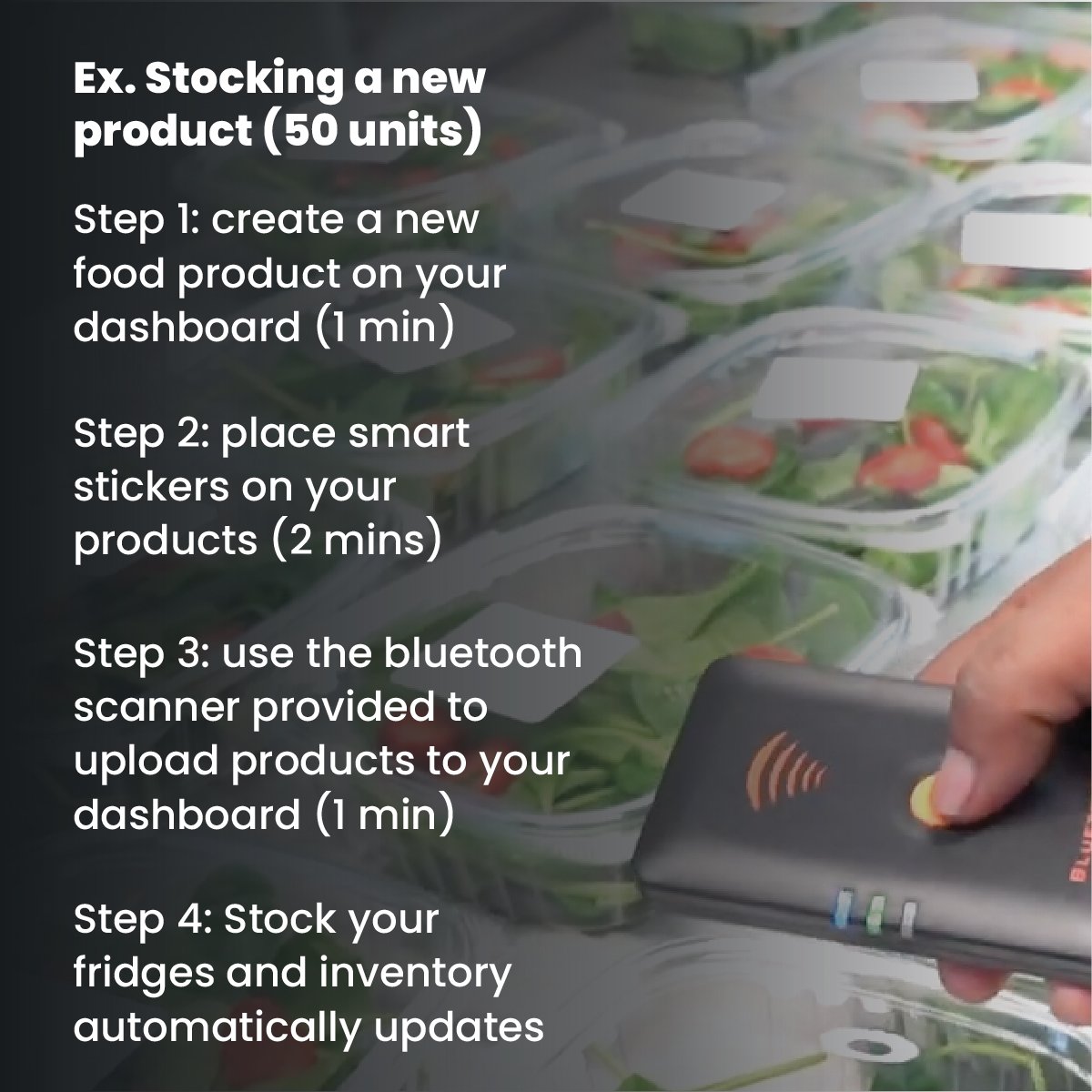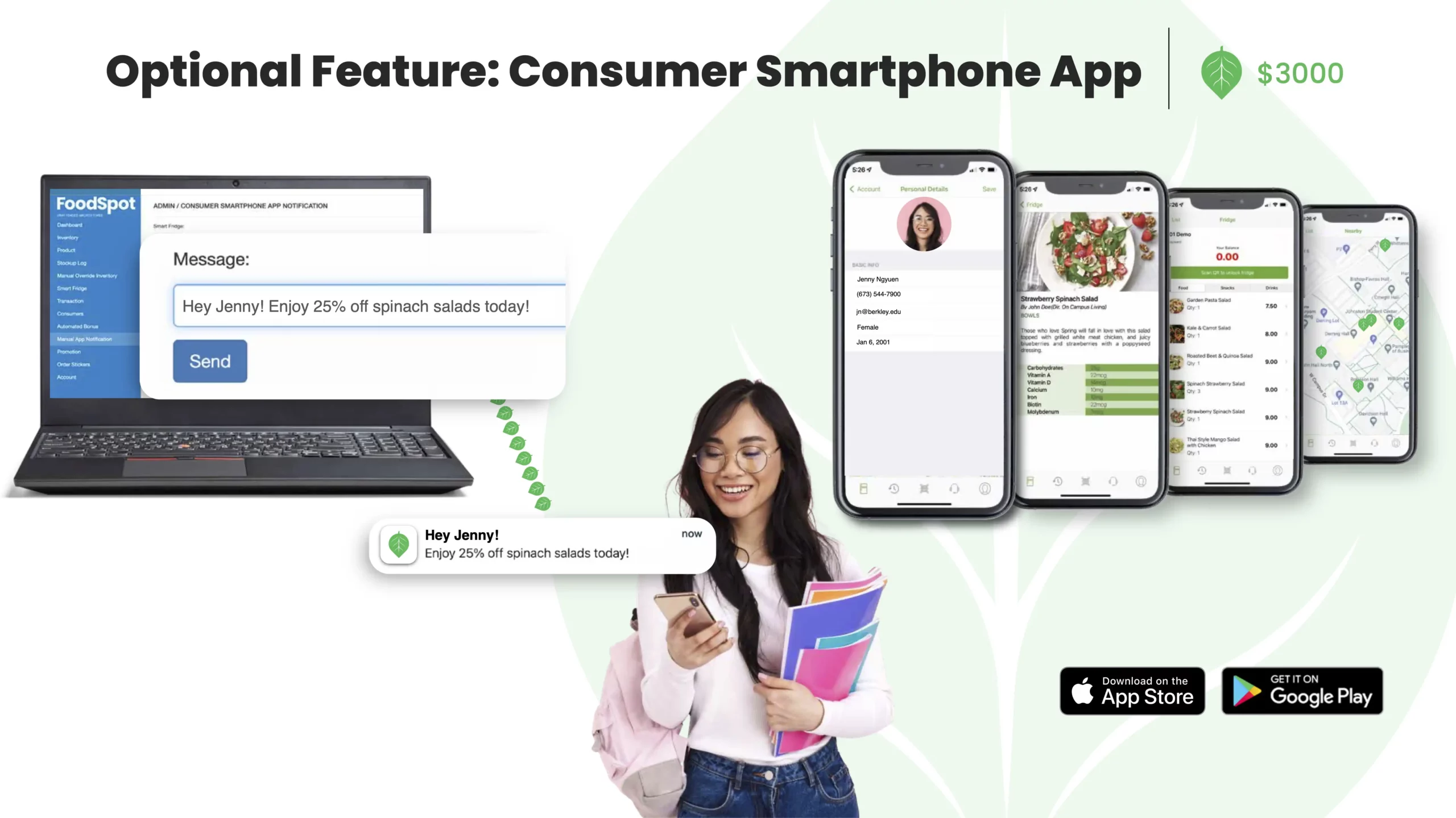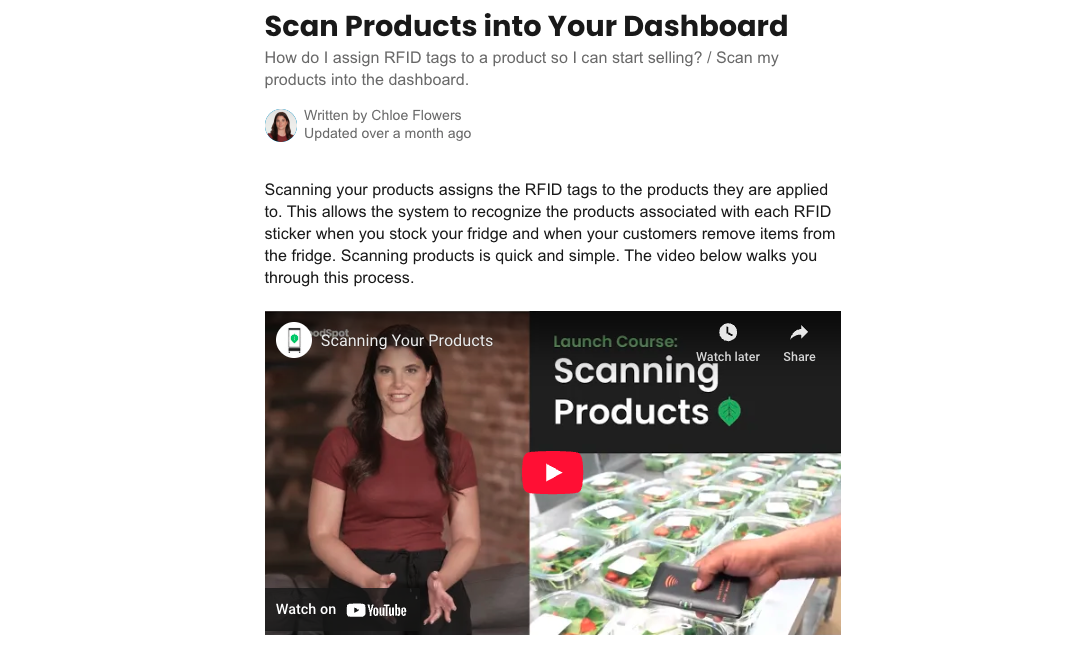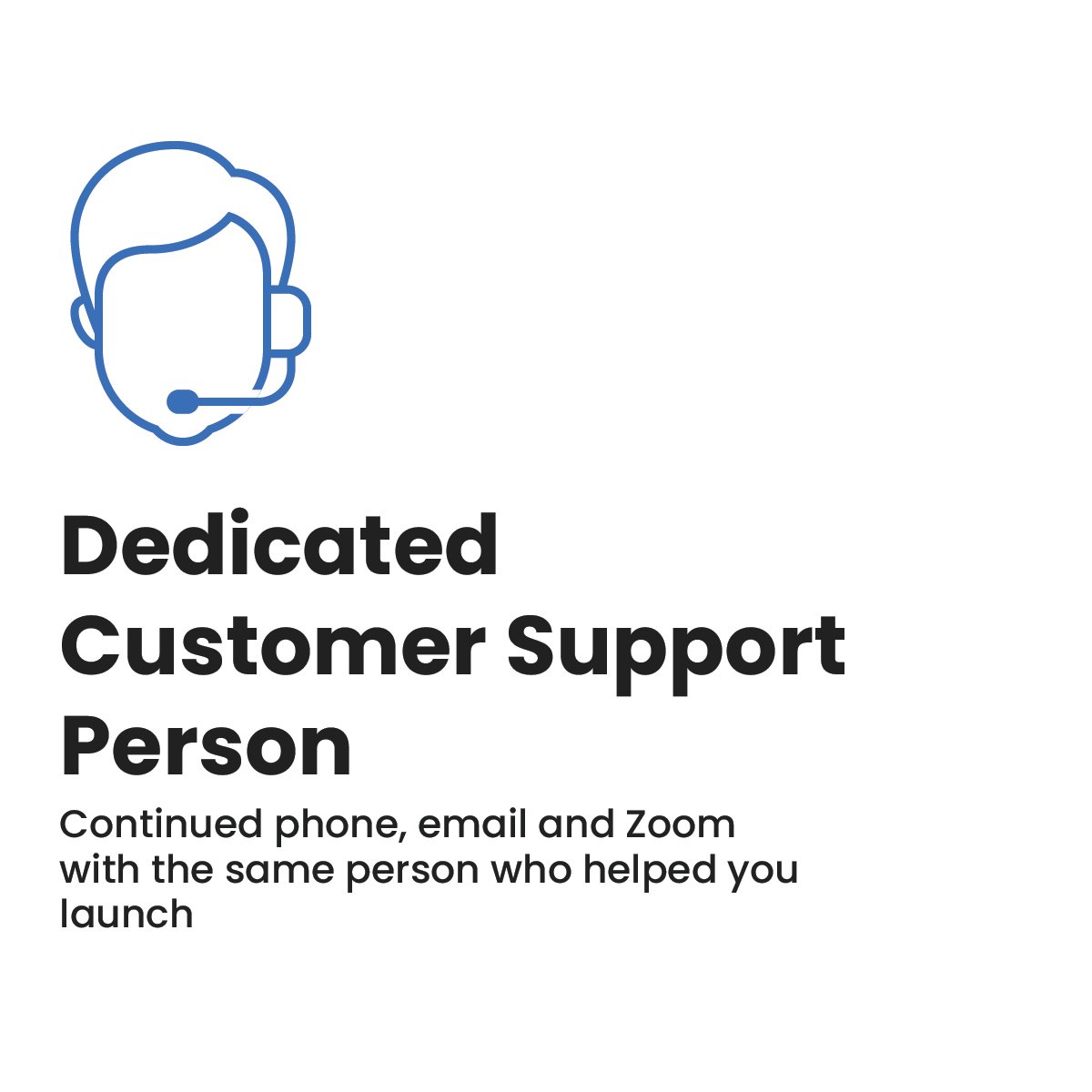Food service technology is any technology involved in the preparation and service of food. FoodTech can take a variety of forms, from plant-based burger machines to robotic restaurant servers. The development of food service technology (FoodTech) is a lot like the development of food itself: there are many creations, but only some stick. This article summarizes promising consumer-facing FoodTech being adopted by institutions, food chains, and influencers in 2022 and showing promising growth in 2023.
It is important to note this article doesn’t cover every player doing every application of consumer-facing FoodTech. For example, for every smoothie robot, there is a coffee robot; and for every smoothie robot company we mention, there are 3 other competitors. However, this article will provide interesting highlights of consumer-facing FoodTech to serve as a catalyst for your research into technologies that may benefit your business. So, without further ado, let’s jump in!
Mobile Ordering: GrubHub Campus

I spend at least half of my week on a college campus. Before returning for a master’s degree at Virginia Tech a few months ago, it had been a few years since I had been on a college campus. One of the first advancements I noticed was in FoodTech.
The first time I walked into the food court at Virginia Tech, I discovered that every counter had a large flat-screen TV next to it. The TV displayed a grid of numbered boxes, grouped by color. I asked a young student what these were for. “It shows the progress of your GrubHub order,” he said, matter-of-factly.
GrubHub partners with college campuses like mine all over the U.S., allowing students to use their app to order on-campus and off-campus food with their meal plan money. Busy students can order lunch while they’re still in lecture so it’s done when they get out of class. Campus dining facilities can capture meal plan revenue from students who’d otherwise turn away from a long line. Off-campus food locations can also capture meal plan revenue.
For me, standing in line at my favorite salad place on campus still seems quicker than adding my little gray box to a digital grid of orders. But for the younger crowd, GrubHub seems to be the weapon of choice. For that reason, I believe GrubHub Campus is here to stay.
Delivery Robots: Grubhub + Starship

4 years ago, GrubHub partnered with Starship to launch food delivery robots on a few college campuses. Today, these fully electric robots deliver meals to students at dozens of campuses, including University of Kentucky, the University of Nevada, Las Vegas (UNLV), and many others. Nathan, our CEO, saw one of the first demos at George Mason University:
“It was a really cool experience. It understands where you are based on your cell phone location. When it arrives, you hit a button, it opens, and there’s your food–hot! The $1.99 delivery fee is not a big deal to most people and it’s a lot better than the $4 fee for a guy in a Honda Civic who you feel obliged to tip.”
According to Starship’s CEO, the reception on campuses has been amazing, with over 90% of students saying the robots are helpful and convenient. The robots have expanded beyond campuses into cities like Chicago, and the growth is promising: 140,000 daily road crossings, millions of miles traveled, and more than 3.5 million autonomous meals delivered.
Robotics has a long way to go to mimic true human behavior, but robots today can deliver your lunch just fine. Expect to see Starship and other robotics companies delivering more meals in 2023.
Fresh Food Vending: Farmer’s Fridge

A decade ago, fresh food vending was a paradox. Today it’s a fast-growing market as consumers shift their focus to local, fresh, and healthy while still appreciating convenience.
Since its founding in 2013, Chicago-based Farmer’s Fridge has pioneered quality fresh food vending in the U.S. Their business model is simple: place beautiful well-lit vending machines in strategic locations, and frequently stock them with locally sourced food. And most of all, don’t be afraid of waste.
Shelf-stable snacks have monopolized vending for so long because they don’t spoil, but Farmer’s Fridge came along and flipped that paradigm on its head. Their philosophy? When food is truly fresh, it sells. With time, they’ve optimized their merchandising so the waste they do produce is minimal.
I used Farmer’s Fridge for the first time at the Philadelphia airport.
The sleek aesthetic, large touchscreen, and simple UX impressed me. Every detail I wanted to know about the salad I was considering was displayed beautifully on the large screen. What impressed me most was the price: $8.99 for a beautiful salad in an airport. As a budget-conscious, nutritionally-minded person on a layover, I couldn’t say no.
Farmer’s Fridge is vertically integrated: they own their hardware, software, and food production. With careful rollout and data-driven learning, they’ve grown to over 400 fridges located in airports, hospitals, and universities around the country, and they show no signs of slowing.
In an interview with the founder, Luke Saunders, a CBS anchor asks, “It’s fresh food in a vending machine, don’t you think that’s an oxymoron?”
“I think it used to be an oxymoron until Farmer’s Fridge.”
Fresh Food Robotics: Jamba + Blendid

“Then just make some for everyone.”
Without fail, this phrase is uttered by anyone in my household when they find out someone is making a smoothie. No one ever makes a smoothie for just one person. Why? It’s inefficient. And when you have to make single smoothies for a whole line of people, you’ve got a labor problem. This is why Jamba Juice is making robots do the work.
In 2020, Jamba launched its first Blendid smoothie robot in a Sacramento suburb. Since then, they’ve launched 8 more in universities and shopping centers around the country with plans to open more. One machine can make 45 smoothies/hour, good enough for a decently trafficked mall or university food court, but perhaps too slow for a true rush. But with the rate they are scaling, I expect to see this number improve in the near future.
Fresh Food Platforms: Byte, Hubz, Cryowerx, FoodSpot

Fresh Food Vending platforms allow existing food service firms to sell their fresh food 24/7. One type of fresh food platform that is showing promise is smart fridges.
Smart fridges allow consumers to open the fridge with the swipe of a card, grab the item they want, and be on their way. The fridge then takes an inventory of what was taken and charges the consumer for those items. The food provider can see sales and inventory in real time on a dashboard.
Smart fridge vending gained popularity on the world stage with a Singaporean company called CryoWerx. CryoWerx partnered with international corporations like Sodexo to launch in office buildings and airports in 6 countries across the world.
In the U.S., Byte pioneered smart fridge vending through early partnerships with bay area tech offices. Other companies like Hubz, Vicki, and ShelfX followed suit. Our company, FoodSpot, is a subsidiary of Cryowerx. FoodSpot is unique in that we have the most mature smart fridge technology, and our team of food service industry veterans has adapted it to American consumers and operators.
Food Lockers: Automat Kitchen, Apex

Imagine an Amazon pickup locker for food, and you’ve got the idea of a food locker.
The first version of food lockers was born in 1895. The famous “automat” in Berlin was a wall of lockers that accepted coins for premade food. Automats came to the U.S. in 1902 and began gaining popularity into the 60’s. At one point, there were 40 automats in New York alone. Eventually, automats died down, with the last one shuttering in 1991.
With a shift toward contactless pick-up during the COVID-19 pandemic, food lockers are making a return, this time with made-to-order food. Food lockers solve common concerns of ordering take-out: the food is kept warm and secure. No more food safety concerns, no more worrying if someone is going to steal your order.
According to one article by Business Insider, “KFC, Burger King, and Smashburger have all announced plans to bring food lockers to their restaurants.”
Apex Order Pickup and Automat Kitchen are two companies fueling the return of food lockers. They are bolstered by partnerships with food chains, ghost kitchens, and universities around the country. Apex Order Pickup boasts of partnerships with Little Caesars and UNC Greensboro.
As food service operations seek to run more efficiently, these front-of-house technologies will continue to be a trend in 2023.
Hot Food Vending: LBX

The final frontier in fresh food vending is hot food–not food that’s kept warm, but food that is heated up for the first time in the machine.
LBX was founded in 2018 to bring this vision to life. Their premier product, Bake Xpress, features a cold compartment that stores up to 100 products along with an oven that cooks them. Products are viewed and ordered on a 55” touchscreen that displays beautiful imagery and nutritional information. The best part? bake Xpress has no water requirements, no plumbing requirements, and features a 220v plug-and-play electrical setup.
As an operator, you have a choice of serving items from the LBX menu. You can order these items from a food service distributor like Sysco or US Foods, and the machine is already configured to prepare them. You can also serve custom products and have the LBX team come help you configure the machine to bake them. This is what Chef Buddy Valastro did with the machines that he launched outside of his restaurant in Vegas earlier this year.
Working with LBX, Chef Valastro created his own pizza products to be sold out of his Bake Xpress machines. Partnering with influencers like “Cake Boss” will continue to provide momentum for LBX and other food vending companies in the coming years.
FoodTech is Moving Fast
We expect to see more FoodTech crop up in 2023 as consumer attitudes and behaviors continue to evolve. Coming from all backgrounds in food, our team at FoodSpot aims to empower food operators with a smart vending fresh food platform that helps them thrive in the new normal of food service.
Subscribe to our blog to keep up with this fast-moving industry and learn about how your business may benefit from implementing secure fresh food vending.


